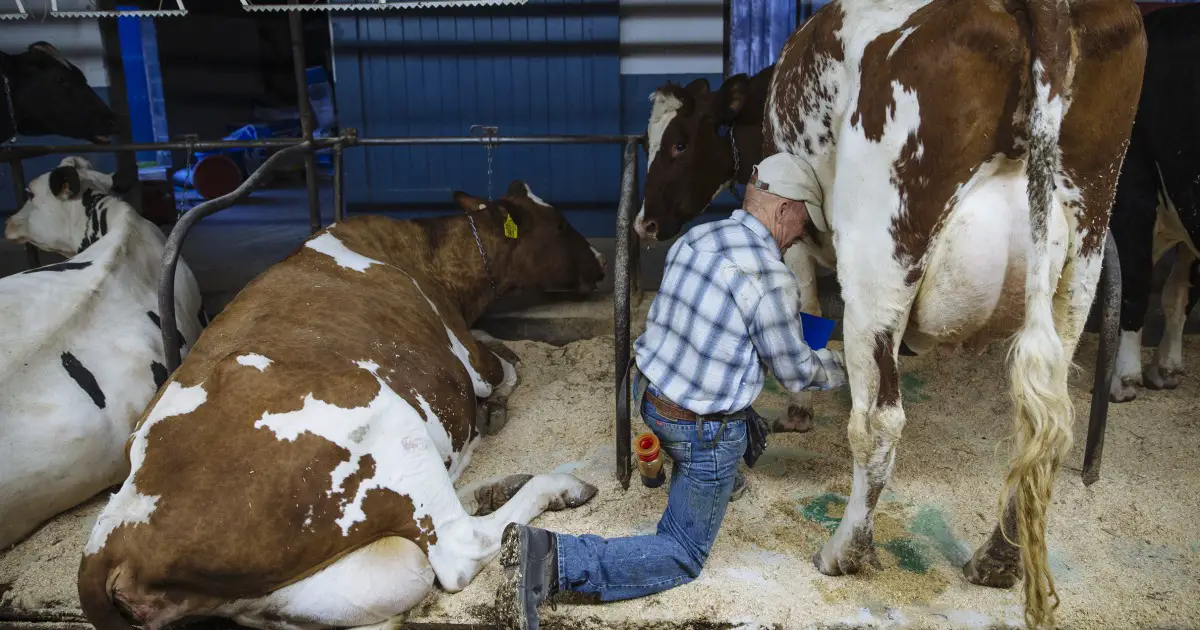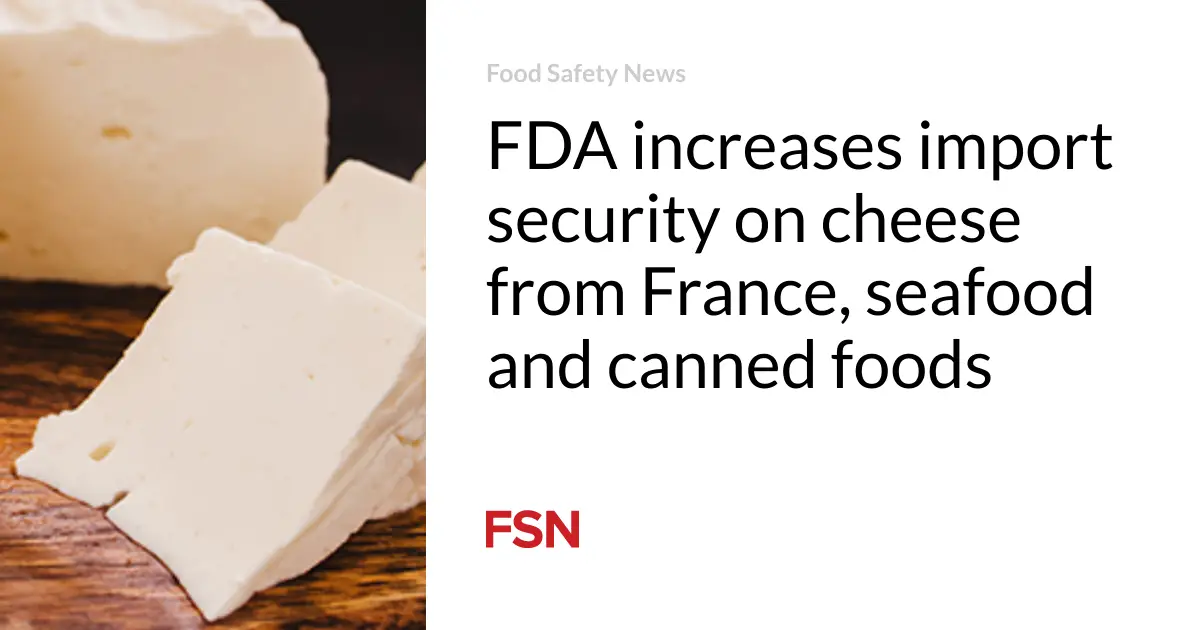

Dr. Barb Petersen, a dairy veterinarian in Amarillo, Texas, had been caring for sick cows for several weeks in March when she and a colleague finally pinned down the cause of the illness among the herd: the H5N1 strain of the bird flu.
It was the first time the virus had been detected in cattle.
The sick cows, said Petersen, who owns Sunrise Veterinary Service, tended to produce milk that didn’t look quite right, and had mastitis, an inflammation of the udders.
During that same time, she said, dairy workers — including those who were never in close contact with the sick cows — also fell ill.
“People had some classic flu-like symptoms, including high fever, sweating at night, chills, lower back pain,” as well as upset stomach, vomiting and diarrhea, Petersen said. “They also tended to have “pretty severe conjunctivitis and swelling of their eyelids.”
Petersen noted that the people were never tested for H5N1; it’s possible that their symptoms were the result of another illness.
Since the outbreak in cows was announced in late March, bird flu has been detected in 33 dairy herds in nine states: Colorado, Idaho, Kansas, Michigan, New Mexico, North Carolina, South Dakota, Ohio and Texas.
So far just one person, a dairy worker in Texas, has tested positive for the virus. The person’s case was mild, the Centers for Disease Control and Prevention said. The only symptom involved was conjunctivitis, or pinkeye.
At least 44 others may have been exposed, the CDC said. Some have been tested, while others were asked to monitor symptoms, such as cough, sore throat, pinkeye, fever, headache and diarrhea.
Dr. Keith Poulsen, director of the Wisconsin Veterinary Diagnostic Laboratory, said he’s heard reports of flu-like illnesses on affected dairy farms.
“It’s certainly not a large amount,” he said, “but there’s probably a lot of cases that are not documented.”
Several factors may prevent sick dairy workers from seeking medical care or farmers from even reporting a positive case among their cattle.
Farming, especially in rural areas with fewer medical centers, is often a 24/7 job without the benefit of sick days. What’s more, false information circulating across farming communities is fueling a tremendous amount of fear that dairy farmers could lose their livelihood if they are tagged as harboring H5N1, Poulsen said.
“The biggest concern that we hear our dairy farmers say is, ‘I don’t want to test because they’re going to depopulate my herd,’” he said. “Misinformation out there is really challenging because that’s really not the case.”
“Our job right now is to protect farmworkers,” said Jennifer Nuzzo, director of the Pandemic Center at Brown University School of Public Health. “We can’t do that unless we know where the virus is or where it isn’t.”
It’s still unclear how the bird flu virus spreads from cows to people, though some experts said it could be through multiple paths, such as contact with milk, contaminated milking equipment, or even respiratory droplets.
“I think everything’s on the table at this point,” said Dr. Andrew Bowman, a veterinary epidemiologist at the Ohio State University.
On Thursday, the Food and Drug Administration said that genetic traces of the virus have been detected in 1 in 5 samples of pasteurized milk.
Preliminary results announced Friday by the agency said that pasteurization kills the virus, adding that the testing “did not detect any live, infectious virus” in commercially sold milk. The FDA said it was testing 297 samples from 38 states.
The FDA said it had also tested several powdered infant and toddler formulas and found no evidence of bird flu virus. It was unclear how many formula samples the agency had tested.
Meanwhile, experts recommend that anyone in contact with dairy cattle wear protective equipment, including safety glasses or goggles, waterproof aprons and boots that can be sanitized.
Poulsen encouraged dairy farmers to be as up front as possible about the virus. The more time it has to replicate in cows and other mammals, the stronger it might become, he said.
“The longer that we let this go unchecked or uncontrolled,” he said, “it becomes a much, much bigger problem that could make Covid look easy.”








